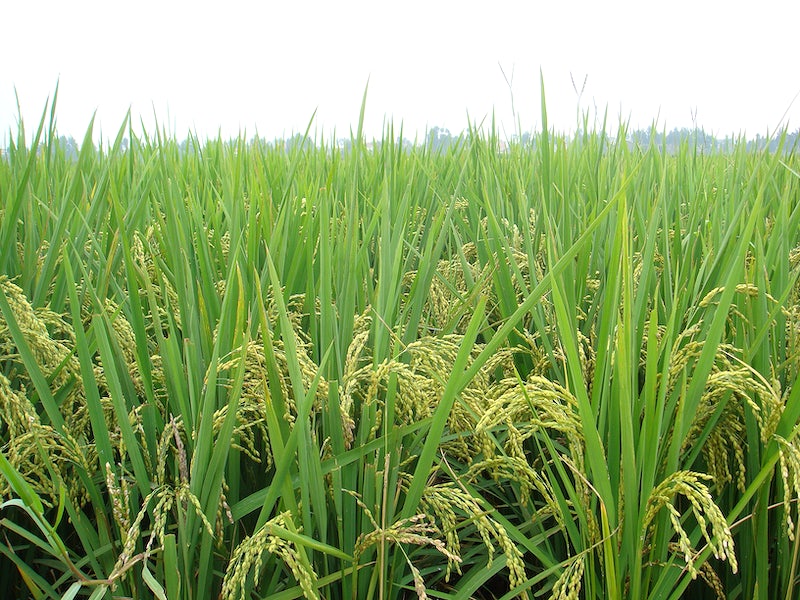Lemongrass, known scientifically as Cymbopogon citratus, is a tropical herb that’s famous for its strong, tangy flavor and aromatic citrus-like scent. Originating from Asia and Africa, this perennial grass has become a fundamental ingredient in many Asian cuisines and is appreciated for its medicinal properties worldwide. Let’s delve into the fascinating world of lemongrass, exploring its culinary uses, health benefits, and cultivation.
Culinary Uses of Lemongrass
With its unique lemon flavor and aroma, lemongrass has carved a niche for itself in culinary arts. It is a staple in Thai, Vietnamese, and Indonesian cuisines, being a core ingredient in dishes like Tom Yum soup, green curry, and sambal. The bottom part of the stalk is used more often than the top, providing a flavorful base for soups, curries, and stir-fries.
Lemongrass is also a popular ingredient in teas and beverages. Brewing a cup of lemongrass tea not only offers a refreshing citrusy flavor but also harnesses the plant’s many health benefits.
Health Benefits of Lemongrass
Lemongrass is more than just a flavor enhancer. Its health benefits are numerous:
- Digestive Health: Lemongrass has been used in traditional medicine to alleviate a variety of digestive disorders, including stomach aches, diarrhea, and gastric ulcers.
- Anxiety Relief: Some studies suggest that lemongrass has anxiolytic properties, helping to reduce anxiety and promote mental wellness.
- Antioxidant Properties: Lemongrass is rich in antioxidants, which help to combat free radicals in the body, thereby reducing inflammation and contributing to overall health.
- Pain Relief: Lemongrass essential oil is often used in aromatherapy for its analgesic properties, offering relief from headaches, joint pain, and muscle aches.
Cultivating Lemongrass
Lemongrass is a plant that loves heat and sunlight. It thrives best in well-draining soil with a sunny exposure. For colder climates, growing lemongrass in a pot is recommended, as it can be moved indoors during colder months.
Lemongrass can be propagated from stalks sold in grocery stores. Simply place the stalk in a jar with water, wait for roots to develop, and then plant it in a pot or directly in the ground.
Conclusion
Lemongrass, with its distinctive citrusy flavor and myriad of health benefits, is truly a remarkable herb. Whether you’re brewing a pot of lemongrass tea, preparing a Southeast Asian dish, or seeking natural remedies for various ailments, lemongrass proves to be an invaluable addition to your home and garden.
